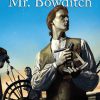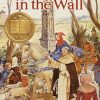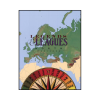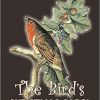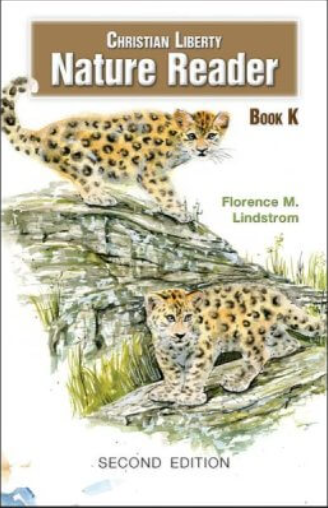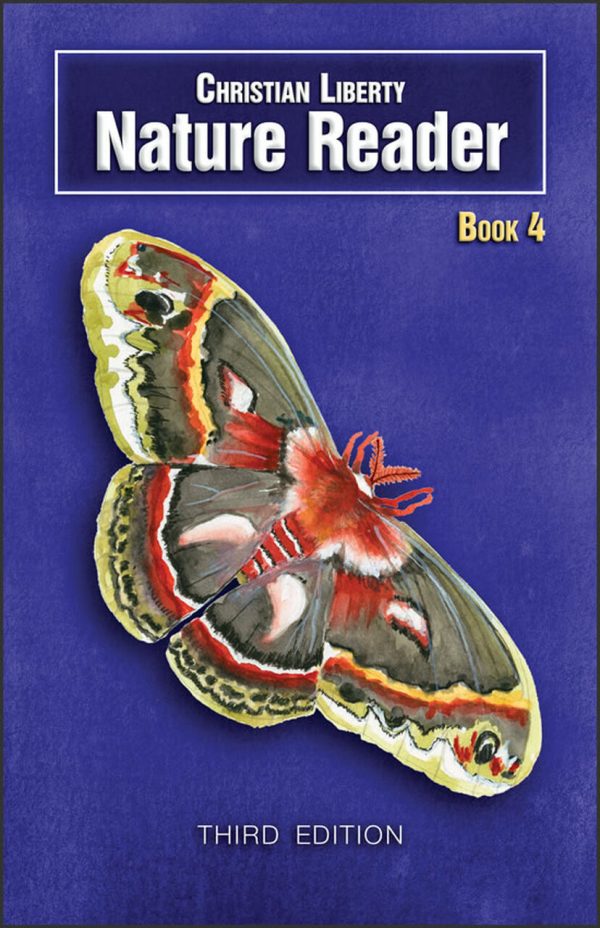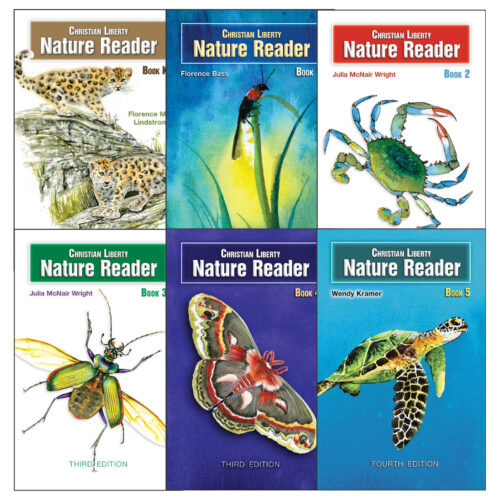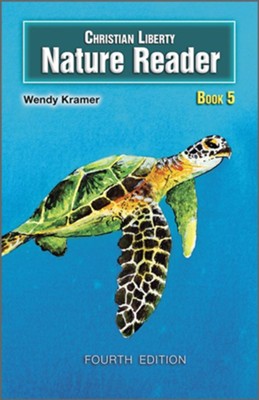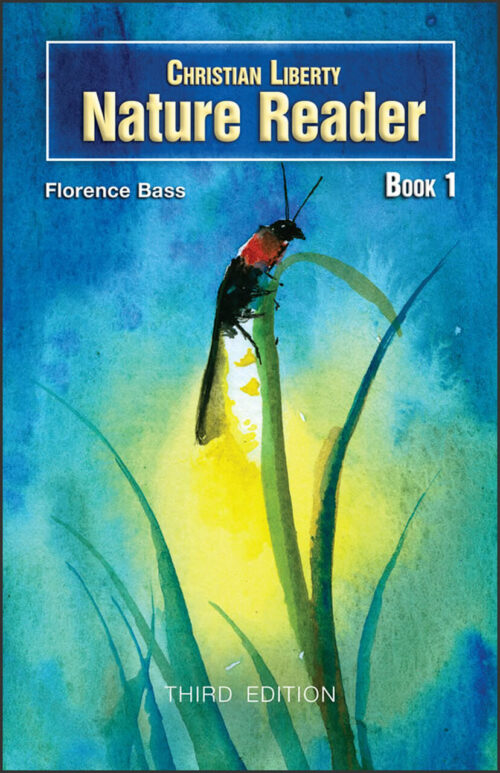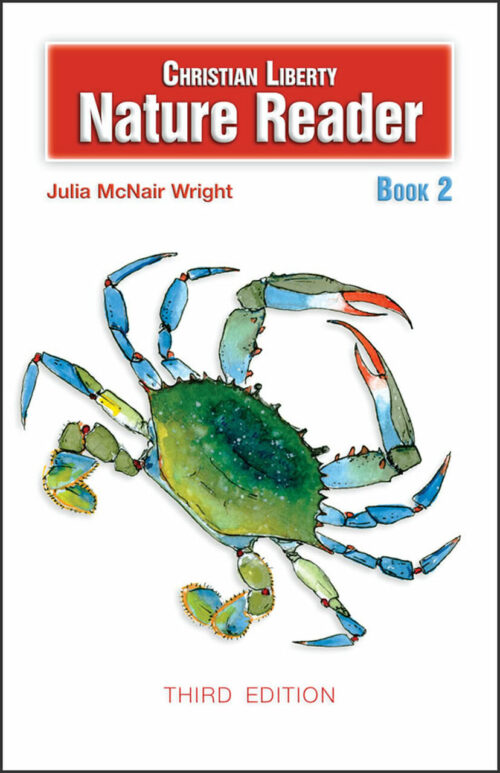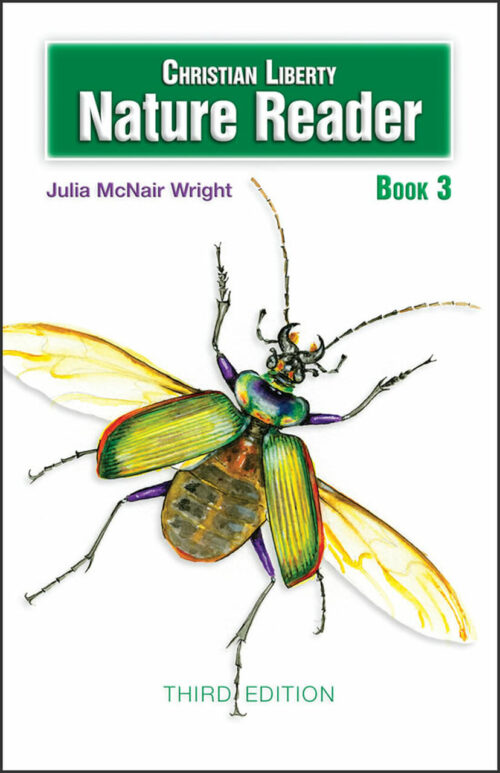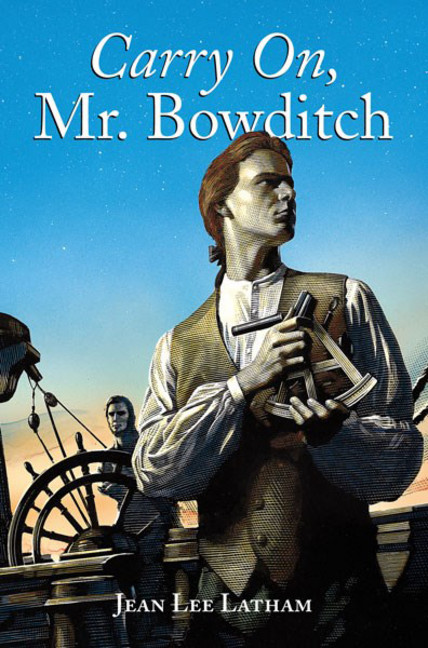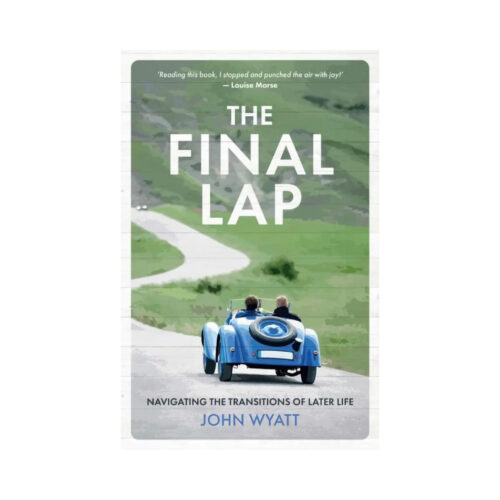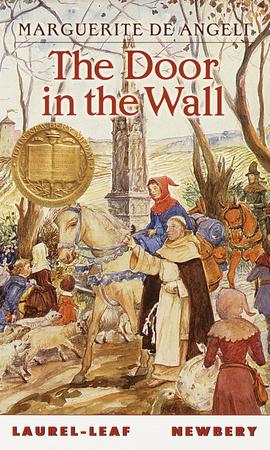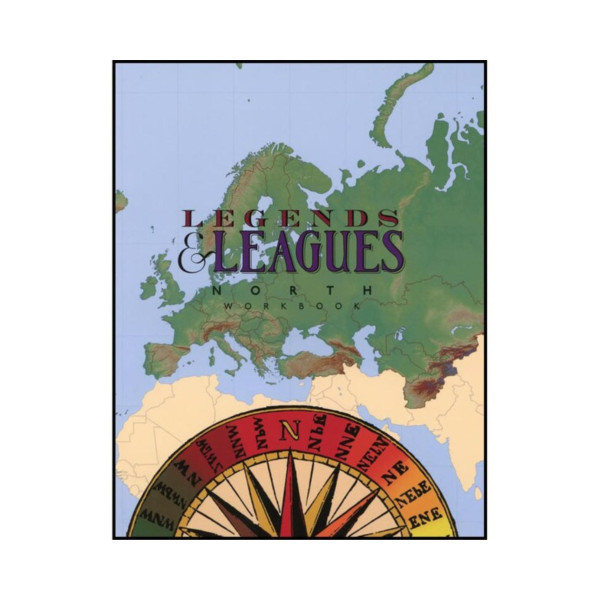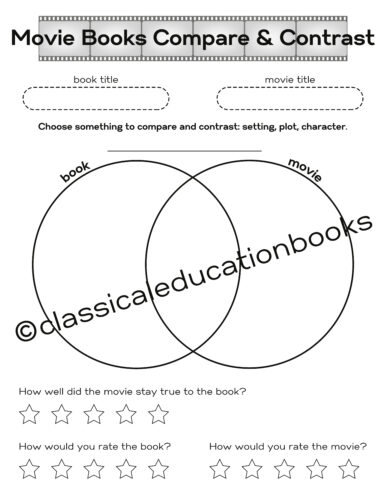-
Advanced U.S. History-Based Writing Lessons - Student Book $47.50 QTY: 1Quantity
-
Carry on, Mr. Bowditch $19.99 QTY: 1Quantity
-
The Final Lap: Navigating the Transitions of Life $13.50 QTY: 1Quantity
-
The Door in the Wall $10.99 QTY: 1Quantity
-
Legends and Leagues North - Workbook $40.50 QTY: 1Quantity
-
The Bird's Christmas Carol $17.50 QTY: 1Quantity
-
Movie Book Printable $0.00 QTY: 1Quantity
-
Christendom: The Medieval Mind Reader $39.00 QTY: 1Quantity
“Christendom: The Medieval Mind Reader” has been added to your cart. View cart
-
Christendom: Early Medievals, The Growth of European Christianity, introduces students to life in the Middle Ages from a Christian perspective. Students will read about the military exploits of the Eastern Roman Empire under the emperor Justinian as chronicled by Procopius, the last great historian of the Roman world. Learn how the development of monasticism preserved learning and culture after the fall of the Roman Empire, contrary to Enlightenment assumptions. Learn about the central role that Irish Christianity played in the spread of the gospel through the lives of St. Patrick, Bede, and others. Enjoy the timeless tales of Beowulf, Alfred and Great, and the origins of Arthurian legend that have shaped the Anglo-Saxon imagination for centuries. THE WORKBOOK The workbook gives the student questions to answer for every reading assignment and lecture, discussion questions to think about, and a host of further resources for the student that wants to go further (or study for a paper!). The Answer Key at the back of the textbook will give the recommended answer to all the essay questions. We encourage students to answer the questions on their own before referencing the Answer Key.
LECTURE LIST FOR EARLY MEDIEVALS
Early Medievals:- Historical Overview of Christendom
- Benedict’s Rule and Monasticism
- Transition to the Middle Ages
- Procopius and Gregory
- Maximus the Confessor
- Celtic Christians
- Beowulf
- Bede I: Early History of England
- Bede II: The Coming of Christianity
- Bede III: The Confirming of Christianity
- Lives of Charlemagne and Alfred
- John of Damascus
Sku: 9781944482138Christendom: Early Medievals Workbook
By: Roman Road Media$16.00 -
Christendom: The Medieval Mind Reader was designed to complement the course of study for Christendom: The Medieval Mind DVD, a unit in the Old Western Culture curriculum. Includes an abridgement of the Compendium by Thomas Aquinas, and the entire Divine Comedy by Dante Alighieri.Sku: 9781944482190
Christendom: The Medieval Mind Reader
By: Various Authors$39.00 -
Out Of StockChristendom: The Medieval Mind begins by guiding students through the basics of Thomas Aquinas' Compendium, introducing students to the medieval mindset which greatly influenced later theologians and philosophers. With this foundation, students embark on a journey through Dante's conception of Hell, Purgatory, and Paradise in The Divine Comedy, exploring medieval concepts of guilt, atonement, beauty, and the cosmos. Meet many classic characters from the Greeks to Dante's present day as Dante uses his allegory to explore human nature, as well as the politics of his day. THE WORKBOOK The workbook gives the student questions to answer for every reading assignment and lecture, discussion questions to think about, and a host of further resources for the student that wants to go further (or study for a paper!). The Answer Key at the back of the textbook will give the recommended answer to all the essay questions. We encourage students to answer the questions on their own before referencing the Answer Key.
LECTURE LIST FOR THE MEDIEVAL MIND
The Medieval Mind:- Introduction to The Medieval Mind
- Aquinas’ Compendium I
- Aquinas’ Compendium II
- Aquinas’ Compendium III
- Introduction to Dante
- The Inferno I
- The Inferno II
- Purgatorio I
- Purgatorio II
- Paradiso I
- Paradiso II
- Conclusion
Sku: 9781944482183Christendom: The Medieval Mind Workbook
By: Roman Road Media$16.00 -
Christendom: The Reformation: Post Tenebras Lux, introduces students to the great minds of the Reformation: John Calvin, Martin Luther, Thomas Cranmer, and Erasmus. But a study of this tumultuous period of history would be sorely lacking without a thorough understanding of the historical setting of the Reformation. Wesley Callihan and Dr. Chris Schlect team up to lay a solid foundation for understanding the origins and struggles of the Reformation, as well as its theology and influence. Students will read part of Calvin’s Institutes of the Christian Religion, as well as Chaucer’s Canterbury Tales and Spenser’s Faerie Queene. THE WORKBOOK The workbook gives the student questions to answer for every reading assignment and lecture, discussion questions to think about, and a host of further resources for the student that wants to go further (or study for a paper!). The Answer Key at the back of the textbook will give the recommended answer to all the essay questions. We encourage students to answer the questions on their own before referencing the Answer Key.
LECTURE LIST FOR THE REFORMATION
The Reformation:- Introduction to Renaissance and Reformation
- Canterbury Tales 1
- Canterbury Tales 2
- Canterbury Tales 3
- From Premodern to Modern Times
- Predecessors to the Reformation
- Luther and 16th Century Reform
- International Calvinism
- The Reformation in England
- Spenser 1
- Spenser 2
- Spenser 3
Sku: 9781944482299Christendom: The Reformation Workbook
By: Roman Road Media$16.00 -
The Christian Liberty Nature Reader Book K features lessons on two pages that teach students about the many animals God created and is included in our Complete Kindergarten Curriculum Package. Each lesson features an animal that starts with a specific letter of the alphabet. From alligators and beetles, to yaks, and zebras, this little reader encourages children’s curiosity and will inspire them to learn more about God’s amazing creation!Sku: 9781629821290
Christian Liberty Nature Reader – Book K (Second Edition)
By: Florence M. Lindstrom$12.50 -
This revised, full-color reader further examines the wonders of God's creation through stories about birds, insects, moths, turtles, and snakes. Vocabulary skills are developed through exposure to new words (a glossary is located in the back of the reader). Review questions are found at the end of each chapter to promote comprehension.1 GradeSku: 9781629821450
Christian Liberty Nature Reader Book 4
By: Unknown$18.50 -
SaleThe Christian Liberty Nature Reader series has been a favorite of kindergarten through fifth grade students for years. This six-volume set covers topics that fascinate young minds and create a desire to read.
Christian Liberty Nature Reader Set
By: Florence Bass$105.00Original price was: $105.00.$94.50Current price is: $94.50.By: Florence Bass$105.00Original price was: $105.00.$94.50Current price is: $94.50. Add to cart Quick View -
This answer key to Christian Liberty Nature Reader: Book 2 provides the answers to all of the review questions found throughout the reader.1 GradeSku: 9781932971224
Christian Liberty Nature Reader, Book 2 – Answer Key, 2nd Edition
By: Julia McNair Wright$5.95 -
This answer key to Christian Liberty Nature Reader: Book 3 provides the answers to all of the review questions found throughout the reader.1 GradeSku: 9781932971187
Christian Liberty Nature Reader, Book 3 – Answer Key, 2nd Edition
By: Julia McNair Wright$5.95 -
This answer key to Christian Liberty Nature Reader: Book 4 provides the answers to all of the review questions found throughout the reader.1 GradeSku: 9781932971125
Christian Liberty Nature Reader, Book 4 – Answer Key, 2nd Edition
By: Edward J. Shewan, ed.$7.50 -
This completely new reader explores the Earth's hydrosphere with an emphasis on oceans, currents, and tides. From plankton to whales, students will learn about marine life that lives in the water and near the shore. Review questions are found at the end of each selection; a glossary of terms is also included.1 GradeSku: 9781629821719
Christian Liberty Nature Reader, Book 5
By: Wendy Kramer$18.50 -
This answer key to Christian Liberty Nature Reader: Book 5 provides the answers to all of the review questions found throughout the reader.1 GradeSku: 9781629821122
Christian Liberty Nature Reader, Book 5 – Answer Key, 3rd Edition
By: Edward J. Shewan$7.50 -
This completely revised, full-color text develops better reading skills by reinforcing phonics principles through stories that pique young minds—stories about insects, spiders, birds, and other animals. Beginning vocabulary skills are also learned as students are exposed to new words (a glossary is located in the back of the reader). Simple review questions have been added to help with comprehension. Note: This book is considered to be an advanced first grade reader and should be used at the tail end of a phonics-based first grade reading program.1 GradeSku: 9781629821337
Christian Liberty Nature Reader: Book 1
By: Florence Bass$18.50 -
This revised, full-color text entices young readers with stories about crabs, wasps, bees, spiders, shellfish, and worms to increase their knowledge of God's wonderful creation. Vocabulary skills are developed through exposure to new words (a glossary is located in the back of the reader). Review questions are found at the end of each chapter to promote comprehension.1 GradeSku: 9781629821375
Christian Liberty Nature Reader: Book 2
By: Julia McNair Wright$18.50 -
This revised, full-color reader exposes students to the daily routines of many creatures within God's creation: ants, flies, beetles, barnacles, jellyfish, sea stars, and dragonflies. Vocabulary skills are developed through exposure to new words (a glossary is located in the back of the reader). Review questions are found at the end of each chapter to promote comprehension.1 GradeSku: 9781629821412
Christian Liberty Nature Reader: Book 3
By: Julia McNair Wright$18.50 -
Memory is a skill that must be developed, and how can you develop it better than by using the Bible?Sku: 9781615386291
Christian Studies – Memory Verse Flashcards
By:$24.95


